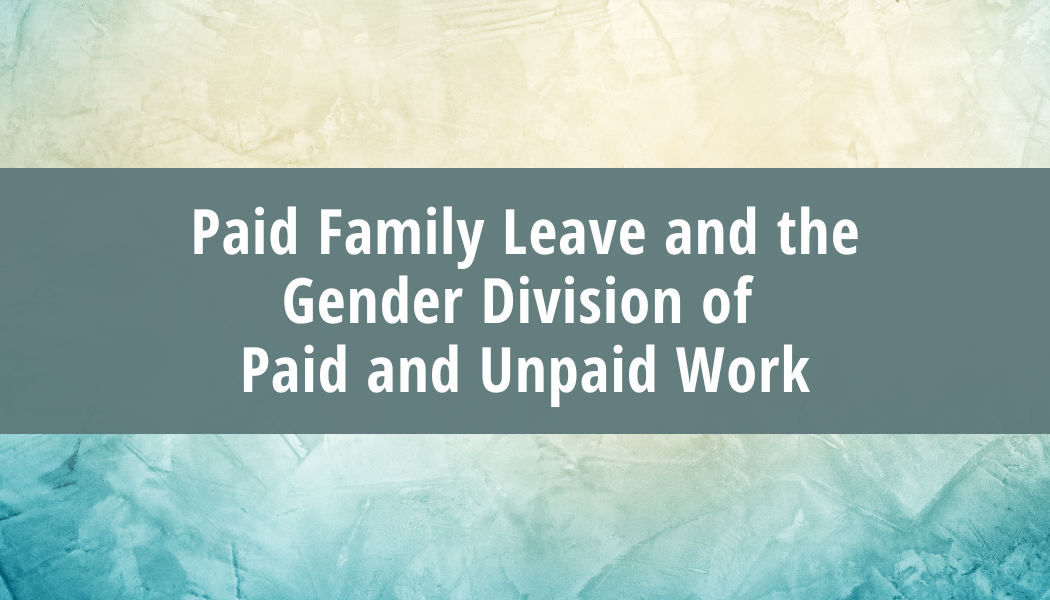
Commons Link
Paid Family Leave and the Gender Division of Paid and Unpaid Work
Working Paper Number
2022-73
Publication Year
2022
Paper Abstract
The birth of a new child continues to exacerbate gender specialization among different-sex couples. This study considers the potential of paid leave policies to intervene in this key life-course juncture and promote more gender egalitarian divisions of paid and unpaid work. While previous research has examined the impact of paid leave policies on paid or unpaid work among mothers or fathers separately, this is the first study to examine comprehensively how these benefits shape both mothers and fathers and both paid and unpaid work outcomes. I use data from the Current Population Survey 1990-2020 and the American Time Use Survey 2003-2019 and quasi-experimental differences-in-differences models to examine the impact of the introduction of paid leave policies in California and New Jersey on paid and unpaid work outcomes among different-sex couples. I find that change was modest and uneven. California and New Jersey paid leave policies declined mothers’ and fathers paid work after new births, increased mothers’ care work but not fathers’, and increased fathers’ housework but not mothers’. On the whole, paid leave policies appear to have helped support mothers’ primary caregiver role while simultaneously encouraging a more gender egalitarian division of housework.